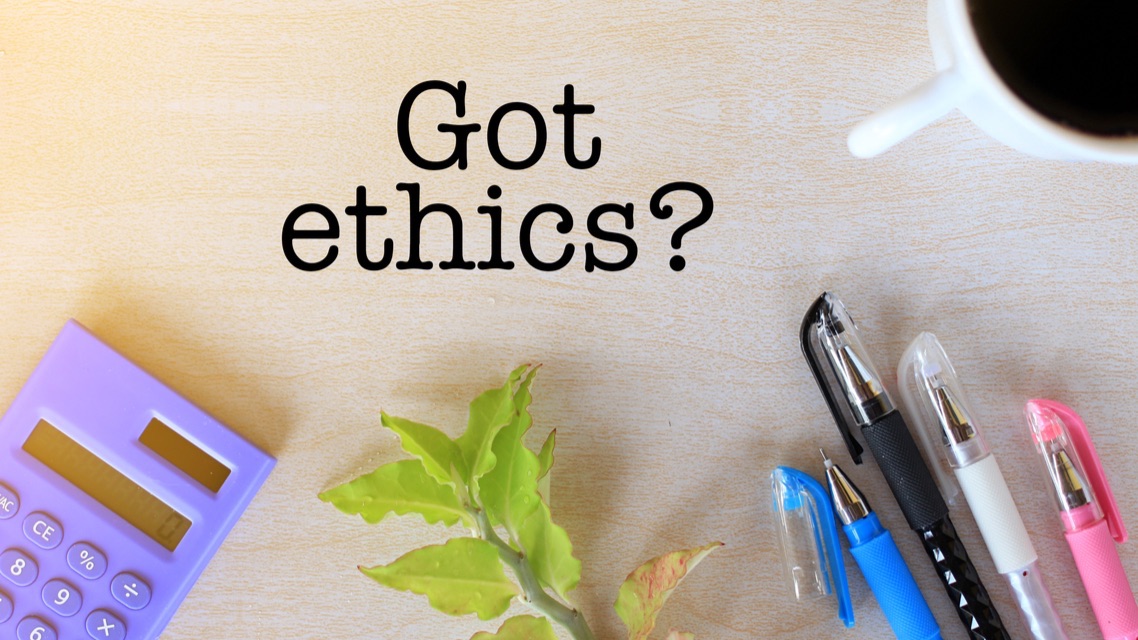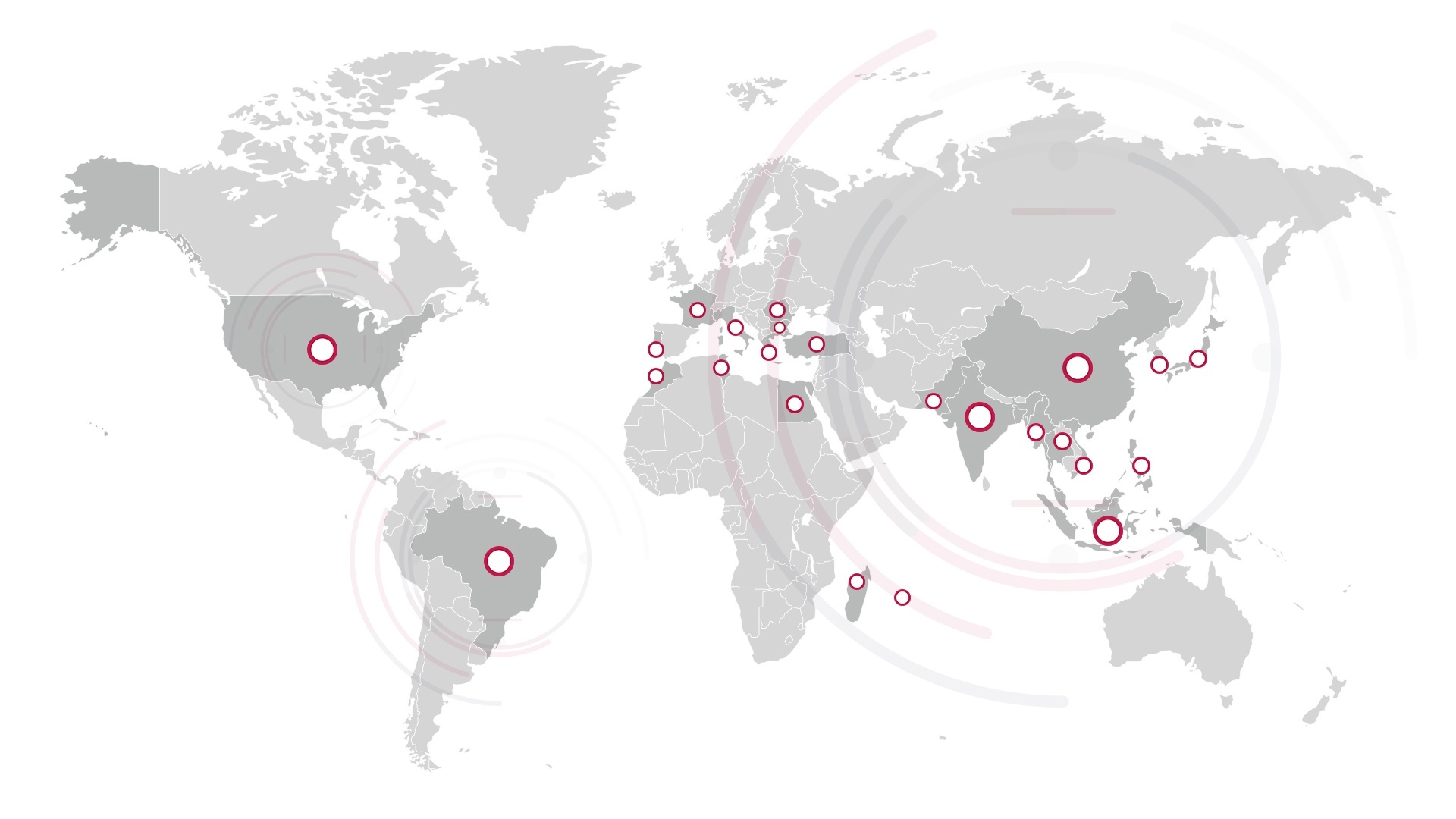The fashion industry is one of the most competitive, cutthroat industries in the world to break into, and understandably so. In an industry that is defined by looks where only the best designers get to showcase their work on runways and with the mass production of cheap garments being so regularly available, there’s no wonder the entry barriers are so high.
But, the recent rise of ethical fashion and conscious consumerism has opened up a gap in the market that wasn’t previously available.
Suddenly, smaller brands who fully embody sustainability are emerging all over the show, and they are giving retail brands a run for their money. With the right tools, resources and an innovative mindset, there has never been a better time to enter the market and to run an ethical brand.
What does it mean to be an ethical fashion brand?
Fast fashion is categorized by the rate at which apparel companies can produce new styles in bulk, and how fast they can get to the consumers at an affordable price. Therefore, fast fashion has made the apparel industry accessible to everyone, not just the wealthy. It is now possible for consumers to purchase trendy items for next to nothing only to wear it once or twice before going on the hunt for the next sale. And as a result, mother nature is suffering. Fortunately, consumers have become more aware of the hazardous effects the fashion industry has on the environment and are therefore trying to make more informed purchases by supporting sustainable brands. They have buying power and are demanding more ethical, transparent and ethical brands. Consumers question everything and are constantly on the lookout for brands that represent their own values on protecting the environment, people and animals.
Thus, being an ethical fashion brand means that you make protecting the earth and minimizing the environmental impact of your garment manufacturing activities your number one priority. You represent your customer’s ethical values by providing transparency and honesty with regards to the raw materials your brand uses and they way your workers are treated. Even though your brand may face challenges such as limited time, money and energy, you are highly concerned about the environment and work together with like-minded individuals including your customers towards a more sustainable future for all.
Where to start?
Before diving right in, it’s important to understand that fashion is about representing your customer’s identity and not just about selling clothes. Consumers purchase certain clothes to represent the image they have of themselves and their core values and beliefs, and as an ethical brand, you make this possible for them. Fashion isn’t just about mass production, cheap labor, and increased profits, but rather about the relationship the consumer has with the brand. It’s about a deeper correspondence. Understanding the core values your conscious consumers represent, should give you a pretty good idea of where to start. Here are a few guidelines:
1. Know your core values and be authentic
Whether your brand decides to represent issues regarding ocean pollution, animal cruelty, child labor or the lot, choose your mission and stick to it. Make your vision and your mission public and ensure that it reflects that of your customer’s ethical concerns. Take accountability for your impact on the environment and start making positive changes towards sustainability. And remember to include your customer every step of the way on your journey towards decreasing your carbon footprint.
2. Start small
Whether you want to make changes to your current apparel business model or if you want to build an ethical brand up from the ground, you have to start by implementing small changes and grab the low hanging fruit. Identify areas where you think you could improve and start there. If you want to modify the materials your product sources, start doing research on where you could source more sustainable materials such as replacing traditional Cotton with Fairtrade Cotton, which not only isn’t as harmful to the on the environment but also has a positive effect on the livelihood and of the cotton farmers.
3. Don’t skimp on quality
Although it may seem obvious, many brands make the mistake of not implementing sufficient quality systems within their manufacturing processes to save costs and increase ROI. This is not the way to go. What some don’t realize is that by following this approach, you risk paying more for costs associated with reworking faulty garments or repairing broken equipment as a result of poor quality management. These costs are referred to the Cost of quality. Outsourcing your quality processes has many benefits and will guarantee the best results. Identify a quality management solution provider whom you’re able to align your ethical goals with to achieve quality for your brand. Your quality provider will ensure that high-quality goods are produced and can conduct a CSR audit to certify that your suppliers meet your ethical standards.
4. Be innovative and unique
The ethical fashion market gives SME’s the opportunity to target niche markets and to obtain a competitive advantage over larger fashion brands. Your brand should maximize this opportunity and stay ahead of the pack by incorporating alternative materials and production methods in your business model. Find a way to distinguish your brand from others and be innovative. Your brand should frequently seek ways to find ways to integrate sustainable methods such as making use of recycled fabrics, hemp, bamboo, etc. in your products to minimize your ecological footprint.
Running any fashion brand, let alone an ethical one is challenging. But, there will always be room for innovative brands in the sustainable fashion industry that are ready to take on the world’s environmental challenges, in hopes of a more sustainable future for all.





